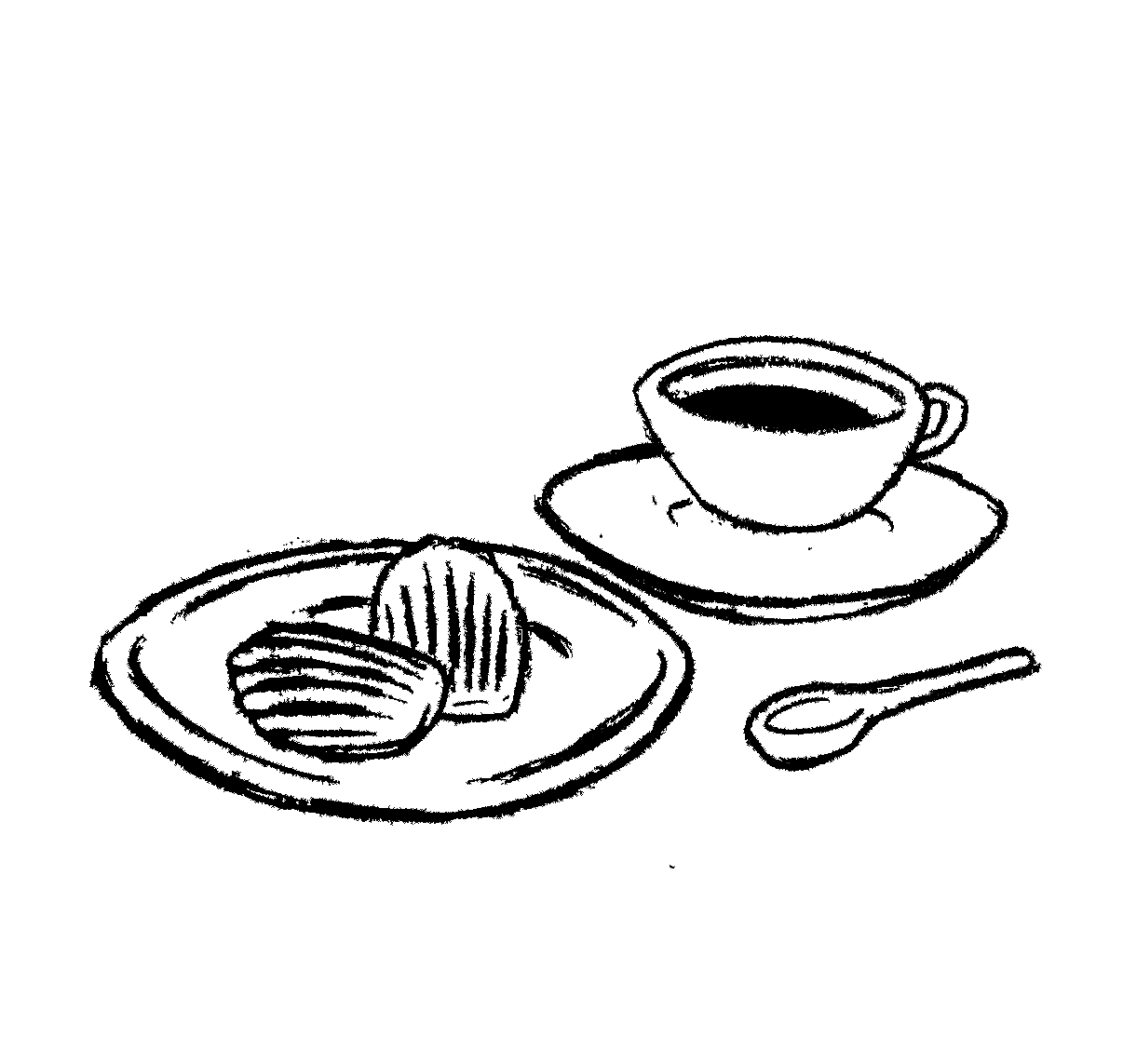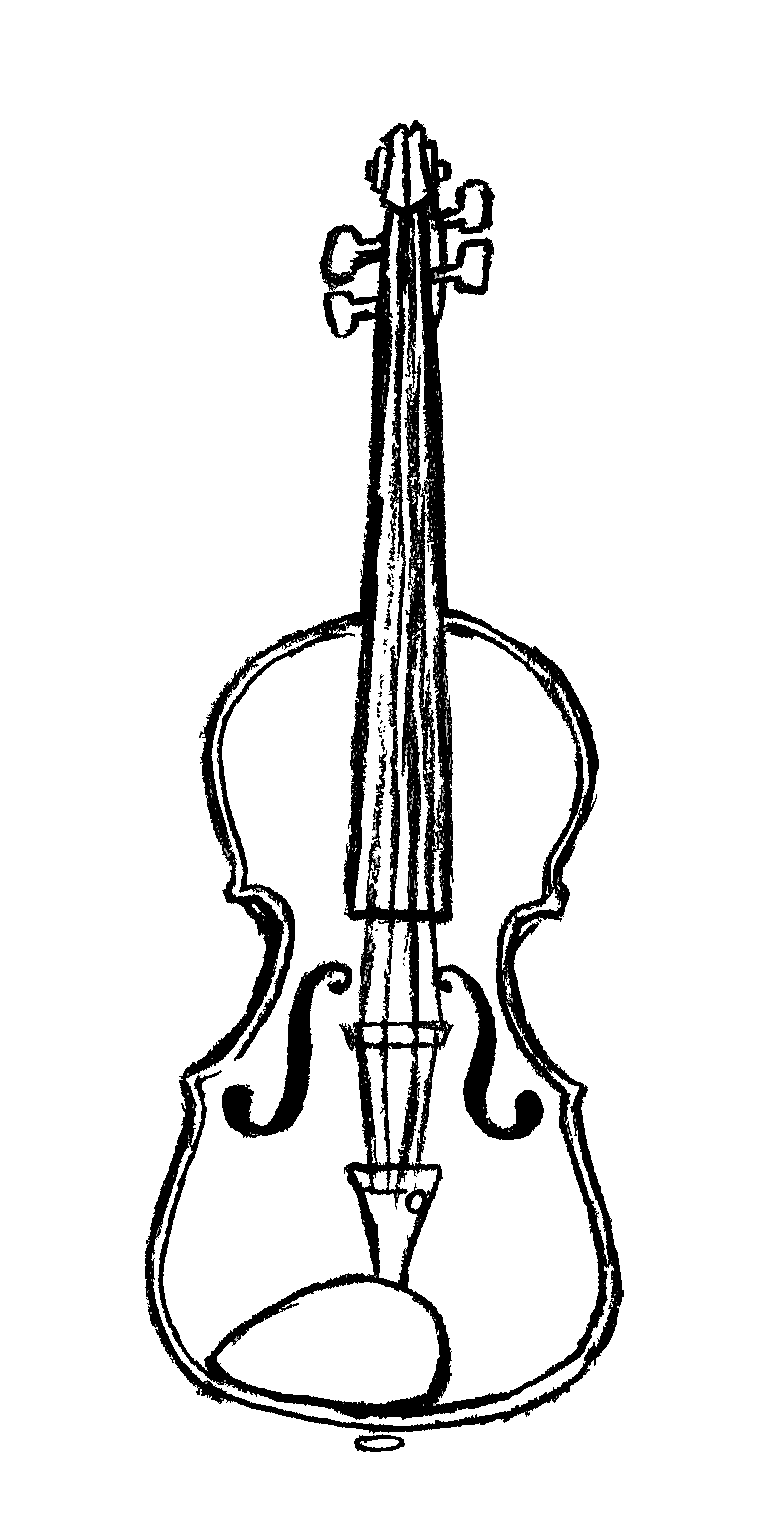Also by Way of Music
Freud has had and continues to have a powerful impact on the arts. The analysis of literary texts, as well as of visual media, remains heavily influenced by psychoanalytic themes—among them, the unconscious, the uncanny, and Eros and Thanatos.
As someone who grew up with a father who was an artist (a sculptor), musically inclined siblings, and a household that loved literature, I have always been drawn to the rich connections between art and psychoanalysis. The hermeneutic practice of dream interpretation; Freud’s appreciation of condensation and displacement (or what Lacan would call metaphor and metonymy); his collection of archaeological items; his affinity for Rembrandt; and his writings on Leonardo da Vinci (among many other essays on art) have all contributed to my love for psychoanalysis beyond the couch.
Art is interwoven with both the study and the practice of psychoanalysis. In a recent session of a course I was teaching on countertransference, the conversation among my students featured a bevy of apt references: Proust’s madeleine and the theme
of memory, Tolstoy’s The Death of Ivan Ilyich and Thanatos, ballet and its echoes in the synchronous movement of the analytic encounter. Our discussion illuminated not only the theoretical and clinical course material but the broader connections between psychoanalysis and creative work.
 Yet, as that class ended, I was left thinking that, despite Freud’s immense interest in art, he did not have a great affinity for music. In The Moses of Michelangelo (1914) he says:
Yet, as that class ended, I was left thinking that, despite Freud’s immense interest in art, he did not have a great affinity for music. In The Moses of Michelangelo (1914) he says:
I am no connoisseur in art, but simply a layman . . . . Nevertheless, works of art do exercise a powerful effect on me, especially those of literature and sculpture, less often of painting. This has occasioned me, when I have been contemplating such things, to spend a long time before them trying to apprehend them in my own way . . . . Wherever I cannot do this, as for instance with music, I am almost incapable of obtaining any pleasure. Some rationalistic, or perhaps analytic, turn of mind in me rebels against being moved by a thing without knowing why I am thus affected and what it is that affects me . . . . (Standard Edition [SE] vol. 13 at 211)As someone who loves classical music—and particularly opera—I often have wondered what Freud’s resistance was. Among different hypotheses, I recall reading that perhaps he suffered from melophobia. Interestingly enough, Freud met with Mahler in 1910 for a few sessions. But despite the psychoanalytic resonance of some of Mahler’s works, this encounter doesn’t seem to have changed Freud’s relationship to music.
By contrast, Freud loved the intellectual challenge of literary works. He also once likened psychoanalysis to sculpture:
[S]culpture, however, proceeds per via di levare, since it takes away from the block of stone all that hides the surface of the statue contained in it. In a similar way, the technique of suggestion aims at proceeding per via di porre; it is not concerned with the origin, strength and meaning of the morbid symptoms, but instead, it superimposes something—a suggestion—in the expectation that it will be strong enough to restrain the pathogenic idea from coming to expression. Analytic therapy, on the other hand, does not seek to add or to introduce anything new, but to take away something, to bring out something . . . . (Freud, 1905, SE vol. 7 at 260)But music was left out. Music creates a mood, awakens feelings; in dance, it guides the movement that responds to a beat. In the analytic encounter, each patient has a tempo and a rhythm. And as the analyst listens with evenly hovering attention, attunement follows. In this space there is a form, a mood, a resolution—perhaps a rupture or a disruption. A continuous flow or an ending. Staccatos, allegros, tenutos, fermatas, and the like.
Brahms once wrote the following about the last movement of Bach’s second partita for violin in D minor (known as the chaconne): “On a single stave and for a small instrument, the man creates a whole world of the deepest thoughts and the most powerful feelings . . . .”*
And as Cecilia Bartoli sings in her recording of one of Vivaldi’s arias:
Quell’augellin, che canta / felice in mezzo al faggio / canta la libertà / che grato il ciel gli diè. / Ma se prigion ei sta, / sospira in suo linguaggio / e a la diletta pianta / sempre rivolge il piè.I can’t help think that analytic therapy, besides proceeding per via di levare, also moves per via di musica.
[That little bird, chirruping happily / and hidden within his beech tree, / is singing for the freedom / a grateful heaven has granted him. / But if he is locked in a cage, / he sighs in his own language, / and yearns endlessly to fly back / to his beloved tree.] (La Silvia, act II, scene 1; Antonio Vivaldi (composer), Enrico Bissari (librettist))

* Quoted in A.J. Goldmann, Making Room for Bach in Mozart’s Hometown, N.Y. Times (Aug. 13, 2021).